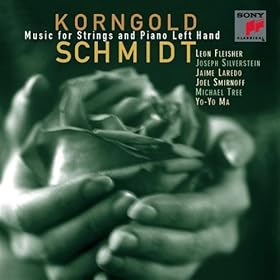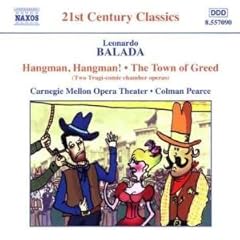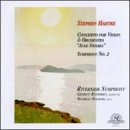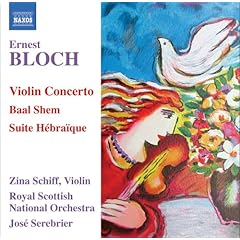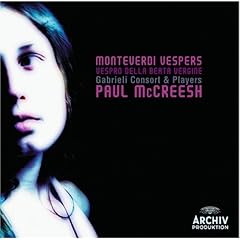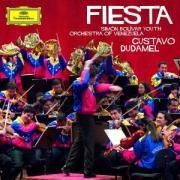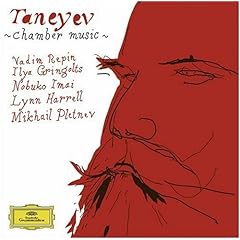Todd
New member

I must confess that Resphigi is not a composer Ive ever really cared for much. The Roman Trilogy? Rather snooze inducing if you ask me. And what else is there? Well, I also tried his opera La Fiamma. Kinda the same thing. But being at least somewhat intrepid, I figured I could try some more, and so when I stumbled upon this disc of four even lesser known orchestral works on MDG, I figured I could give it a shot.
The disc opens with a work entitled Metamorphosen mod. XII from 1930. Its sort of a re-imagining of Gregorian Chant, if you will, one filtered through a mix of modernism and late romanticism. The late romanticism shows up in the Andante theme, which possesses a positively Korngoldian lushness, though this is married to a devout seriousness. The 12 variations, each in a different church mode, display the same traits, though they throw in hints of Bartoks Concerto for Orchestra in that each instrument gets its time in the spotlight. The music is a bit too thick, heavy and (faux-) serious to take too seriously.
The next work is Rossiniana from 1925. The four movements all evoke the namesake of the work, and that means a bright, fun, sparkling, witty sound for the most part, with just plain fun instrumentation. The second movement is a bit more dramatic, and boasts a truly thunderous bass drum, and the final movement is perhaps just a tad garish and boisterous, though its fun. Overall, its a slight work, but an enjoyable one.
Next up is the first recording of the Burlesca from 1906. Its a free-form fantasy, with delicate strings and slightly bombastic brass and strings. A nice enough bon-bon.
The final work is the Passacaglia in C Minor. Yes, its an orchestration of a Bach work. It opens darkly, with lush strings creating a rich texture as well. Once again it sounds faux-serious, but a bit too much so. And its gaudy. (One can only occasionally hear Bach straining through.) And its too long. Um, its not the greatest work.
So another stab at Resphigi, and its a decided mixed bag. A couple of the works are fun enough, but slight. A couple are heavy and overwrought. In other words, its not a disc to spin very often. At least it sounds magnificent! MDGs sound is about as good as it gets, with clarity, detail, and bass of Telarc-ian quality (when Telarc is at its best). George Hanson leads the Wuppertal Symphony Orchestra far more than ably, and the band plays well. They deserve better music.






